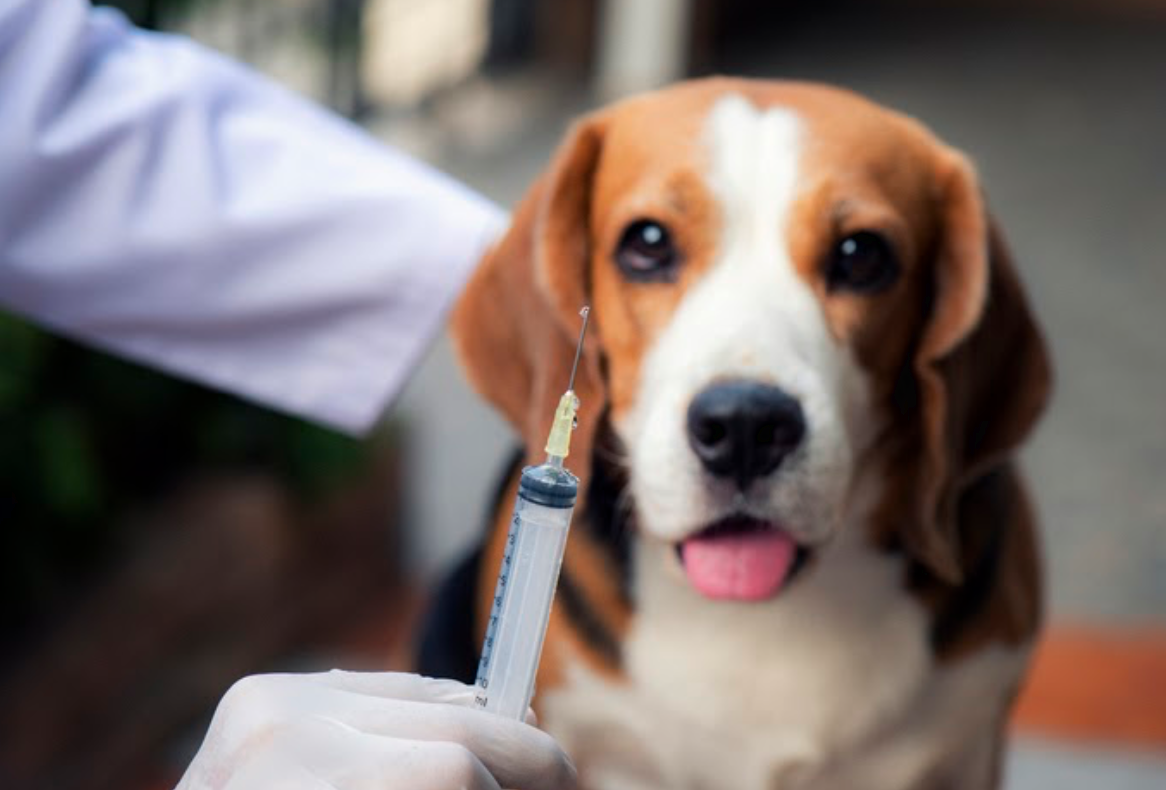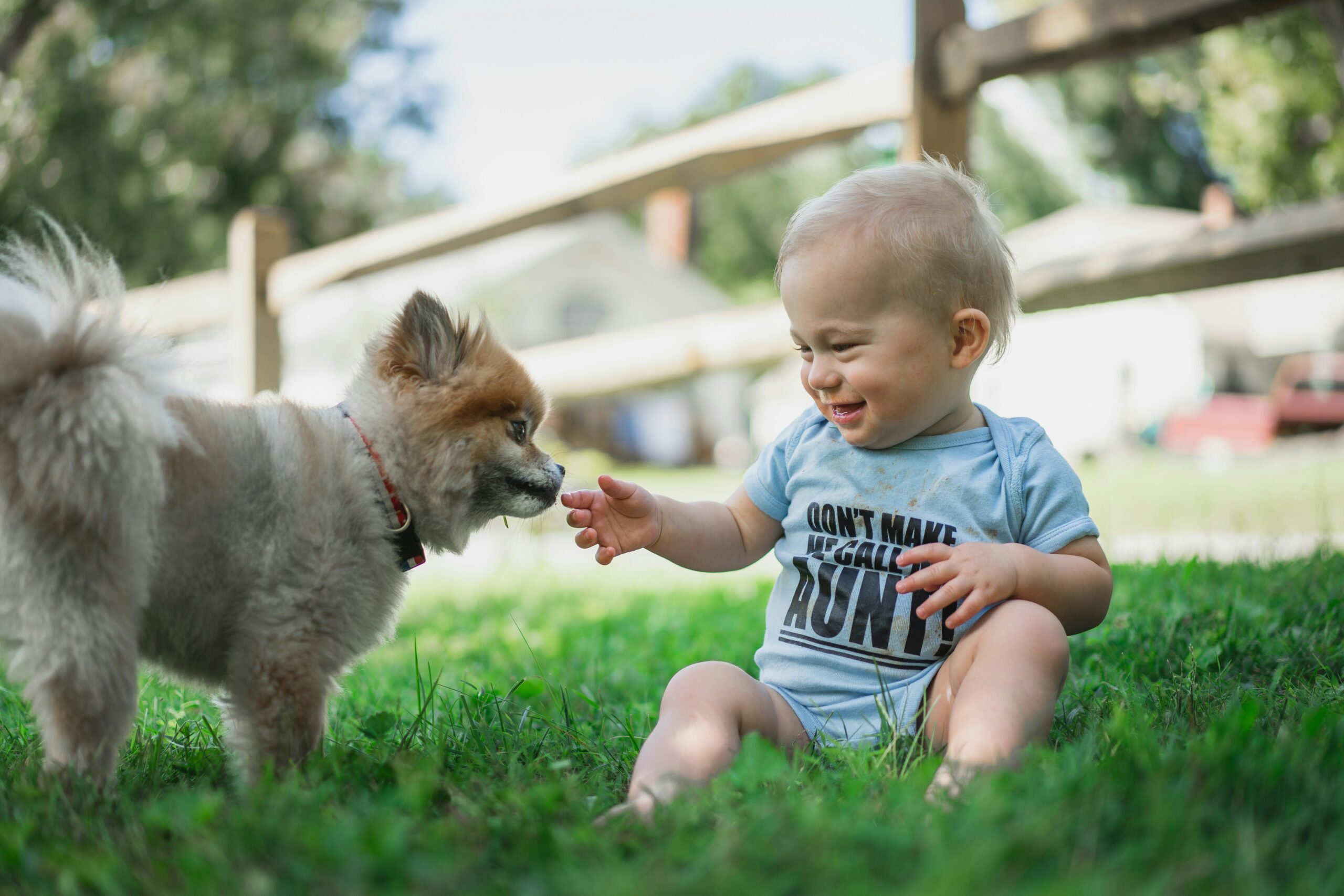Parvo is a virus commonly found in puppies, and for some owners, it’s a terrifying reality of owning a dog. A healthy puppy can go from playful and lively to critically ill in a very short period. What is parvo? And how do we diagnose and treat this common canine virus?
What is Parvo Virus?
Parvovirus, or canine parvovirus, is a virus known for being highly contagious. It mainly impacts the gastrointestinal tract of puppies. It can be deadly if it’s not immediately treated. What really makes this a tough virus to fight is its ease of transmission. It can quickly spread through a litter of puppies or other dogs closely housed together.
What Dogs are at Risk?
The dogs most susceptible to parvo are between six weeks and six months old. Younger dogs still carry some antibodies provided through their mother’s milk, assuming she was vaccinated against parvo. Parvo in dogs who are weaning can suffer particularly badly from the virus as it is a stressful time in a puppy’s young life. There also seems to be some breeds that are more susceptible to the virus: Doberman Pinschers, Rottweilers, English Springer Spaniels, Labrador Retrievers, American Staffordshire Terriers, and German Shepherds.
How Do Dogs Get Parvo?
Your puppy can get parvo from licking, sniffing, or consuming the feces of an infected dog. It can also be spread by people who touch or interact with an infected dog and then expose a healthy dog. Objects may also be contaminated with the virus, such as dog bowls, collars, leashes, dirty human hands, and dirty bedding.
The disease hits the intestines the hardest. It destroys cell structures that in turn impair absorption. This disruption to the gut barrier is deadly for puppies who need the nutrition for their growing bodies.
Puppies start shedding the virus about four or five days from the time they were exposed. Unfortunately, that means they may be contagious before their first symptoms begin. Puppies will then shed up to ten days after their recovery. That’s why it’s crucial that you isolate dogs with this virus. Inside, the virus can survive upwards of one month. And outdoors, it can survive for many months. Your vet will guide you on the best way to clean your home to be rid of the virus for good.
Does my Dog Have Parvo?
A puppy with parvo is very sick. The faster you notice the virus, the faster you can treat it. Here are the symptoms of parvo in dogs:
- Fever
- Vomiting
- Lethargy
- Anorexia
- Bloody diarrhea
- Depression
- Weight loss
- Weakness
- Dehydration
While these symptoms alone may not indicate parvo, if your dog has more than one, they most likely have the virus. However, these symptoms are also signs of other issues that need medical attention. For puppies especially, even simple diarrhea can lead to dehydration, which if untreated could become deadly.
How is Parvo Treated in Dogs?
If your dog contracts parvo, they will likely be hospitalized and isolated while their health is monitored and supported by your veterinarian. Your dog may be prescribed a variety of medications to prevent infections that make their way into the body through their injured intestines. So that your dog remains hydrated, they will likely be given an IV and fed the right nutrition to keep them strong as they fight the virus.
How do I Prevent Parvo in Dogs?
Vaccinated dogs are not quite 100 percent protected from the virus, but it helps considerably. All puppies should get vaccinated in a series of three shots beginning when the dog is about six to eight weeks old. They will receive their next series of shots at 10 to 12 weeks and once more at 14 to 16 weeks. After that, your dog should get their booster a year later and every three years after that.
Your puppy should never interact with an unvaccinated dog. Keep them away from dog parks or other environments where dogs congregate. While socialization is really important for puppies, you should limit those interactions to fully vaccinated adults. Before dropping your dog off at a kennel, daycare, or obedience school, make sure the dogs that attend are required to show vaccination records. If you aren’t sure about what safe socialization looks like, talk to your vet.
Parvo is a potentially fatal disease with a survival rate between 68 and 92 percent. The puppies that survive those first days are more likely to make a complete recovery. Thankfully, this virus is preventable with a proper course of vaccinations administered by your veterinarian.




